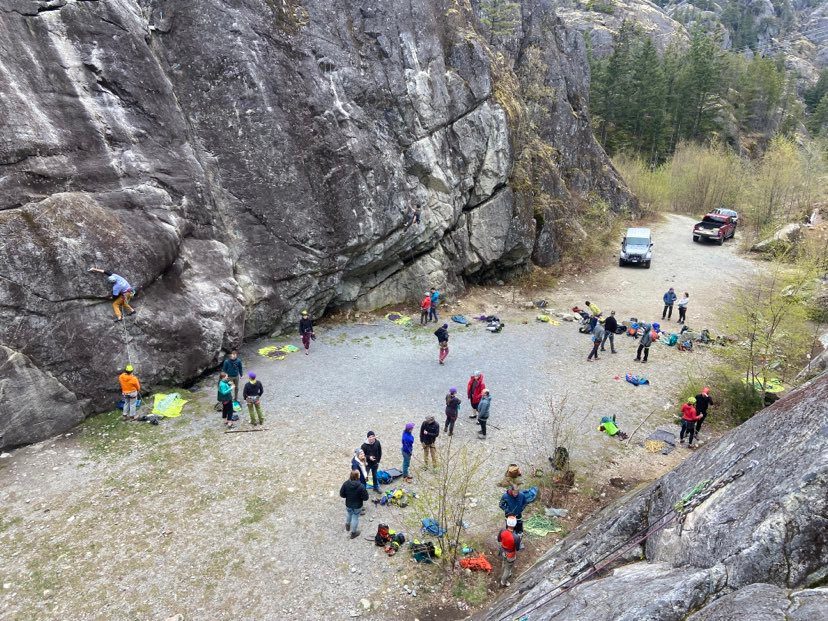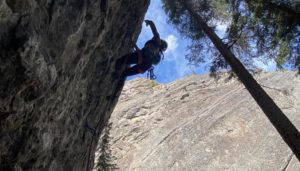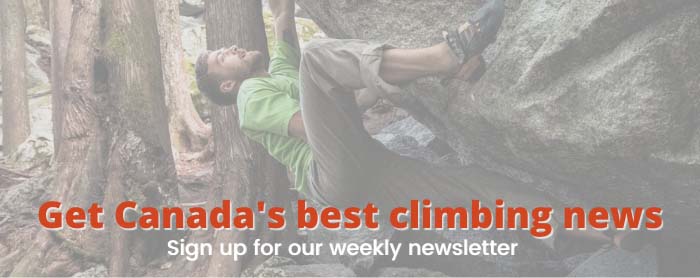Don’t Get Complacent When Fall Cragging
Stay vigilant and keep safety in mind as we leave summer 2023 behind

You’ve probably been rock climbing for the past few months, and hopefully everything has been going problem free. But even the best climbers get complacent and make mistakes. Be extra vigilant when heading into the fall cragging season.
While there’s no way to completely remove the danger from rock climbing, there are steps you can take to improve your chances of a successful no-injury day. Here are some late-season reminders when crag climbing this fall.
Be Lowered: There aren’t many good reasons to rappel off a sport climb, so ensure that your partner is prepared to lower you and confirm they know. TIE A KNOT in the end of the rope! Guidebook descriptions can be wrong, so ensure your belayer has a knot in the end, so the rope doesn’t accidentally rip through the belay device. This is a common cause of cragging accidents.
Don’t Take the Lead off Belay: Before climbing, discuss with your belayer that they are NOT to take you off belay unless explicitly told to do so, which is extremely unlikely to happen if you’re being lowered. As a belayer, if you’re uncertain about what the lead climber is doing at the anchor, then just feed them some extra slack, instead of taking them off belay. The belayer and lead climber should emphasise that being lowered is the best option.
Switching from climb to lower mode: Clip direct into the anchor with a PAS or quickdraw, but stay on belay. Get slack. Thread a bite through the rings or chains first, and then clip into the bite – that way you’re tied into the rope twice. Then untie your original knot and get your belayer to take. If you have to untie because of the anchor set-up, then pull up slack, tie a knot on a bite and clip it to your belay loop using a locking carabiner before untying the original knot. Practice these skills.
Rappelling: If you’re forced to rappel, tie knots in the ends of the ropes and be sure to clip both strands before unclipping from the anchor.
Stick Clips: Use a stick-clip to clip high enough that you don’t fall onto the belayer or hit the ground. Ground falls from not making it to the first quickdraw can lead to serious injuries. Climbers kicking their belayer in the head from a near factor-one fall is very common. Several routes are established to be climbed with a stick-clipped first bolt. Stick-clips should become part of your kit that you bring to the crag.
Redirects: Some traversing routes have fixed chains or quickdraws (Driza-bone 5.10c at Tippling Tower in Skaha for example) in place to help clean. When tramming in (using a personal quickdraw clipped from your harness to the lowering rope strand) take a second quickdraw to clip into the chain or hanger of the fixed quickdraw. Then remove the “lead rope” and exchange it for the “lowering strand.” This is much better than taking an uncontrolled swing into the ground or trees behind.
Unclip Your Tram: People having uncontrolled swings into trees and dragging the belayer because they forgot to remove the tram is all too common. Unclip your tram before removing the first quickdraw above the belayer when cleaning on lower.
Ground Anchors: If on a ledge, the belayer should take the tail of the rope to secure themselves to a bolt or tree. If the lead climber is a lot heavier than the belayer, a ground anchor can prevent the belayer from being dangerously pulled up if the lead climber falls.
Wear a Helmet: It can save your life.


